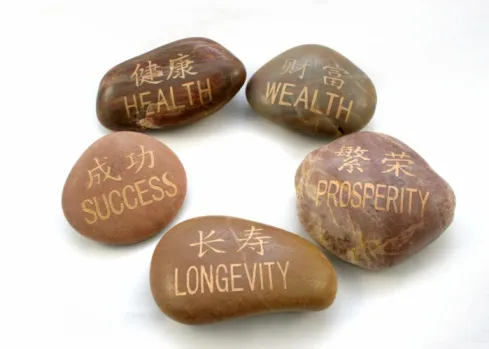
In fact, in balance, we even learn to find pleasure in pain because we are so fulfilled by the challenges on our path. When we’re not living a fulfilling life, we seek to be distracted by other forms of satisfaction and gratification. When you stop chasing pleasure and denying pain, you’ll feel a healthy balance of being engaged in the present. You’ll learn how to take pleasure in what you have instead of chasing instant gratification.
Are you feeling out of balance emotionally or spiritually? It may be time to focus on healing your sacral and heart chakras. These energy centers are located in the lower abdomen and chest area respectively, and play a crucial role in our emotional well-being and ability to give and receive love.
Sacral Chakra
You can think of mudras as a way of accessing the subtle energy grid in your body. No longer maintain connections with people that do not promote or support your growth. If there are unsolved issues or unsaid frustrations, be open and resolve them in a calm way. If you straighten your shoulders and open your chest, your heart chakra would open and it would be too painful to bear all the unhealed pain.
It is also called the sacral chakra and is located at two fingers under the coccyx or tailbone. In wrapping up, remember, your sacral chakra is key to your emotional well-being and creativity. They’ll guide you through a session where healing energy flows from their hands into your body, specifically targeting your sacral chakra.
The sacral chakra is associated with our emotions, creativity, and sexuality. When this chakra is blocked or imbalanced, you may experience issues with intimacy, self-expression, or creativity. To heal your sacral chakra, try practices such as meditation, yoga, or journaling. Embracing your emotions and allowing yourself to express them freely can also help to unblock this energy center.
(B) Fluoroscopic inlet view showing sacral fracture displacement. (C) Fluoroscopic AP pelvic view showing pubis diastasis anteriorly. (D) Intraoperative picture showing application of C-clamp and anterior external fixator for initial temporarily stabilization of the pelvic ring. (E) Fluoroscopic pelvic inlet view showing reduction of the sacral fracture. (F) Fluoroscopic AP pelvic view showing reduction of the pubic diastasis anteriorly. (G) Fluoroscopic AP view showing fixation of the pubis symphysis with two plates.
Orthopedic surgeons are usually successful in injecting bone cement at the sight of the fracture in a noninvasive procedure. This will help the fracture to seal and alleviate pain, but it can require a few months of recovery time to fully feel the results. Osteoporosis or other underlying conditions may also be the root of a sacrum fracture. There are a few different types of sacral fractures that can occur.
Physically, you can support your sacral chakra through elimination diets, fasting, juice cleansing, and other forms of detoxification. The sacral chakra Sanskrit name is Svadhisthana and it is the second of the traditional seven chakras. (A) Axial computed tomography (CT) pelvic slice showing Denis II fracture with a small bone fragment in the Sacral 1 (S1) foramen causing S1 nerve root compression.
Heart Chakra
The heart chakra is the center of love and compassion. When this chakra is blocked, you may struggle with giving and receiving love, forming healthy relationships, or feeling empathy towards others. To heal your heart chakra, practice acts of kindness, forgiveness, and self-love. Surround yourself with loving and compassionate people, and practice gratitude for the love that already exists in your life.
Conclusion
Healing your sacral and heart chakras can lead to a greater sense of emotional balance, self-acceptance, and connection with others. By incorporating practices that promote healing and balance in these energy centers, you can cultivate a deeper sense of well-being and fulfillment in your life.



